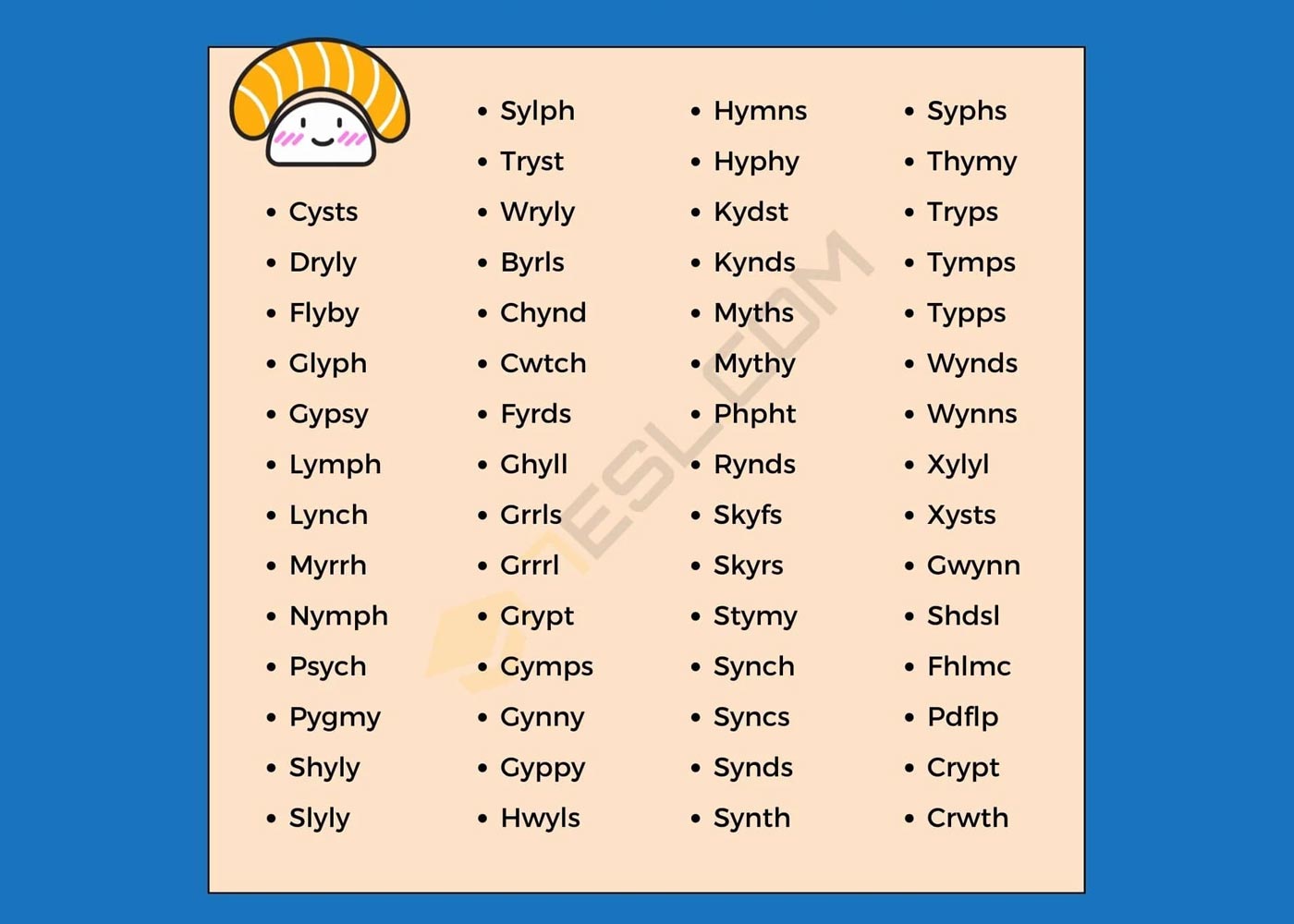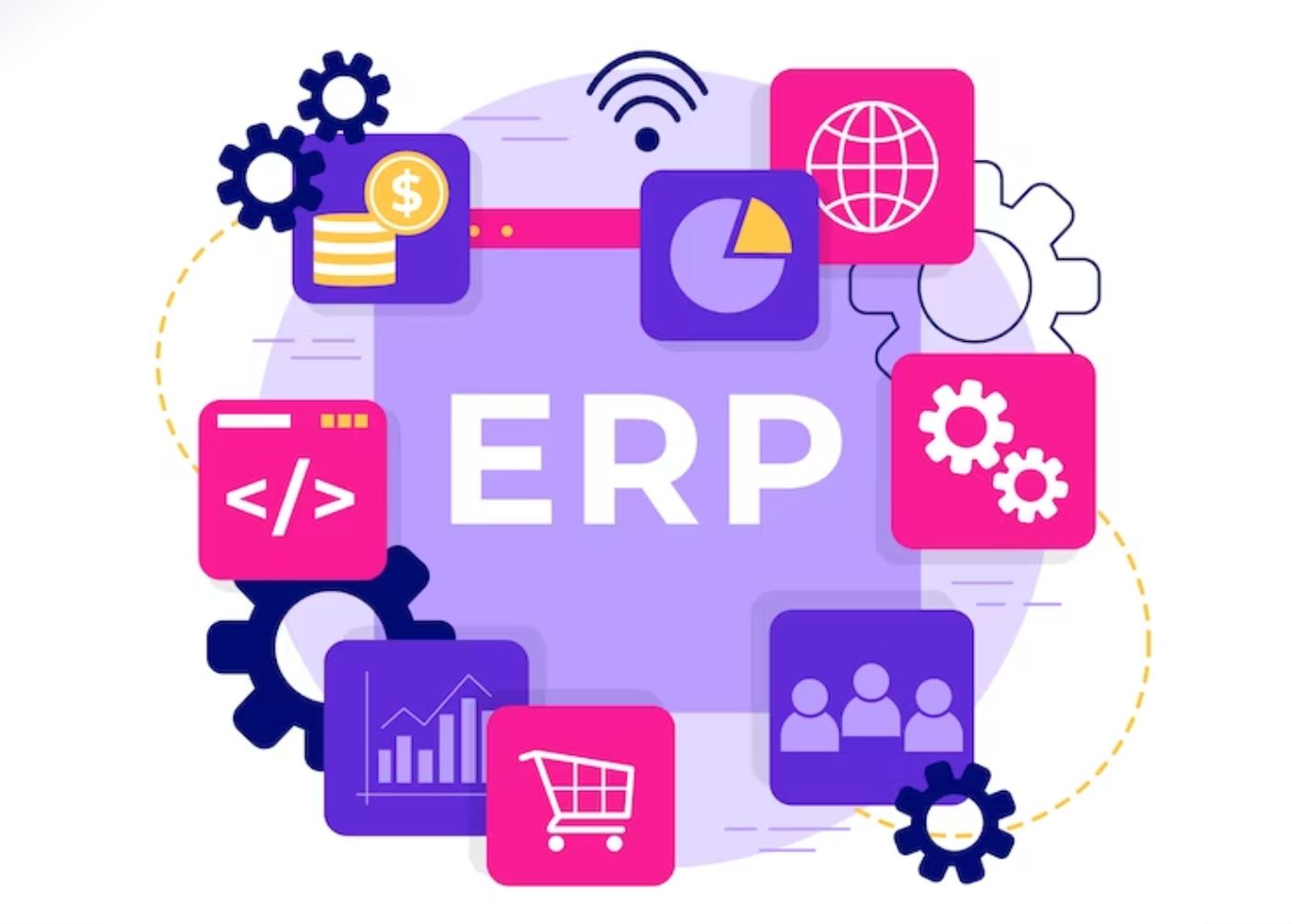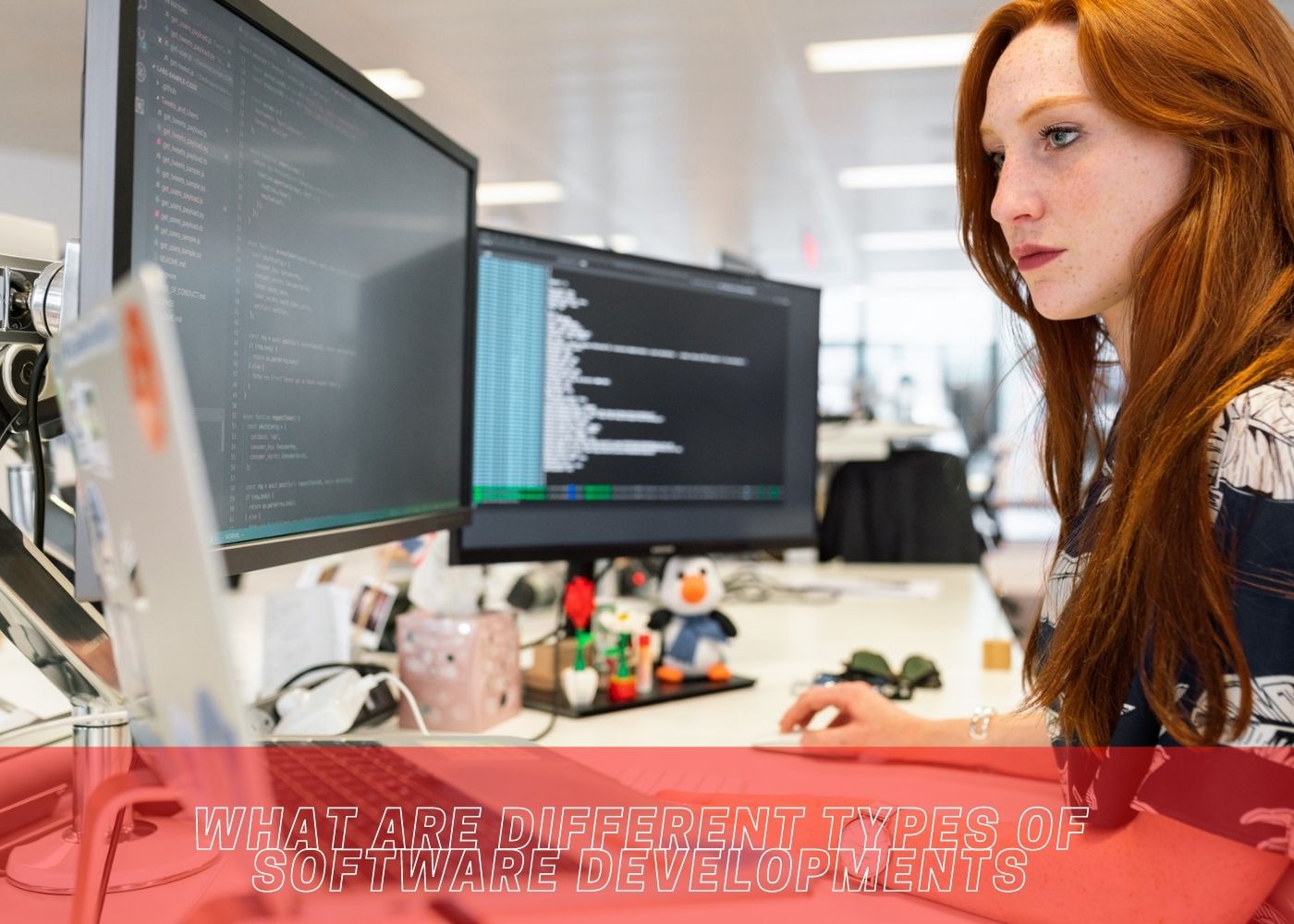
Becoming a blockchain developer requires a combination of technical skills, knowledge of blockchain technology, and hands-on experience. Here's a step-by-step guide to help you become a blockchain developer:
Understand Blockchain Fundamentals:
Learn about the basics of blockchain technology, including its principles, decentralized architecture, and consensus mechanisms.
Study the different types of blockchains, such as public, private, and consortium blockchains.
Gain Programming Skills:
Develop a strong foundation in programming languages, particularly languages commonly used in blockchain development such as Solidity (for Ethereum), C++, Python, or JavaScript.
Learn about data structures, algorithms, and object-oriented programming (OOP) concepts.
Learn Cryptography:
Understand the cryptographic principles behind blockchain technology, such as hashing, digital signatures, and encryption.
Study cryptographic algorithms and protocols used in blockchain networks.
Explore Blockchain Platforms and Tools:
Familiarize yourself with popular blockchain platforms like Ethereum, Hyperledger, or EOS.
Learn how to set up a blockchain development environment using tools like Truffle, Remix, Ganache, or Metamask.
Study Smart Contracts:
- Dive deep into smart contracts, which are self-executing contracts with predefined conditions written in code.
- Focus on Solidity, the most widely used programming language for creating smart contracts on the Ethereum platform.
- Learn how to write, deploy, and interact with smart contracts.
- Build Decentralized Applications (DApps):
- Develop hands-on experience by building decentralized applications (DApps) on top of existing blockchain platforms.
- Understand the architecture, user interface design, and integration of smart contracts within DApps.
- Work with web development frameworks like React, Angular, or Vue.js to create the frontend interfaces of your DApps.
Explore Blockchain Security:
Learn about the security vulnerabilities and best practices in blockchain development.
Understand common attack vectors, such as reentrancy attacks, and how to prevent them.
Explore tools like MythX or Securify for automated security analysis of smart contracts.
Join Blockchain Communities:
Engage with the blockchain development community by participating in forums, attending meetups, and joining online communities.
Contribute to open-source blockchain projects and collaborate with other developers.
Stay Updated and Continuously Learn:
Keep up with the latest developments in blockchain technology, as it is a rapidly evolving field.
Follow reputable blockchain blogs, attend conferences, and explore online courses or certifications to enhance your knowledge.
Build a Portfolio and Gain Experience:
Create a portfolio of your blockchain projects, including smart contracts, DApps, or any other blockchain-related work you have done.
Consider contributing to open-source projects or collaborating on blockchain projects with others to gain practical experience.
By following these steps and continuously refining your skills, you can pave your way to becoming a proficient blockchain developer. Remember that practical experience and hands-on projects are invaluable in this field, so be sure to apply your knowledge to real-world scenarios as much as possible.
How blockchain works in web development?
Blockchain technology can be integrated into web development in various ways, offering unique advantages and features. Here's a brief overview of how blockchain works in web development:
Smart Contracts: Smart contracts are self-executing contracts with the terms of the agreement directly written into code. They are stored and executed on the blockchain, ensuring transparency, immutability, and automation of transactions. In web development, blockchain-based smart contracts can be used to create decentralized applications (DApps) that eliminate the need for intermediaries in transactions.
Decentralized Storage: Traditional web applications rely on centralized servers to store data. With blockchain, decentralized storage systems like InterPlanetary File System (IPFS) or Swarm can be used. These systems distribute data across multiple nodes, making it more secure, resilient, and resistant to censorship or data loss.
Identity and Authentication: Blockchain can provide a decentralized and secure identity management system for web applications. It enables users to have control over their identities and eliminates the need for centralized authentication providers. Blockchain-based identity solutions, such as self-sovereign identity (SSI), allow users to have ownership and control of their digital identities.
Transparency and Auditability: Blockchain's transparent nature allows for increased transparency and auditability in web development. Transactions and data stored on the blockchain are visible to all participants, creating a verifiable and tamper-proof record. This can be particularly useful in applications where transparency and accountability are crucial, such as supply chain management or voting systems.
Tokenization and Payments: Blockchain enables the creation and management of digital tokens, which can represent various assets or utility within a web application. These tokens can be used for various purposes, including incentivizing user participation, facilitating peer-to-peer transactions, or enabling micropayments without the need for intermediaries.
Trust and Security: Blockchain's decentralized and consensus-driven architecture enhances trust and security in web development. The immutability of blockchain data makes it difficult for malicious actors to tamper with or manipulate information. Additionally, cryptographic techniques used in blockchain, such as digital signatures and hashing, provide strong security measures.
Peer-to-Peer Interaction: Blockchain allows for direct peer-to-peer interaction without relying on centralized intermediaries. This can enable new types of web applications, such as decentralized marketplaces or social networks, where users can interact and transact directly with each other.
Interoperability: Blockchain technology can facilitate interoperability between different web applications or systems. By using standardized protocols and frameworks like ERC-20 or Hyperledger Fabric, web developers can create applications that seamlessly interact with other blockchain-based services or networks.
It's important to note that incorporating blockchain into web development requires a solid understanding of blockchain technology and its integration mechanisms. Developers need to choose the appropriate blockchain platform, develop smart contracts or DApps, and ensure the security and scalability of the applications they build.
Conclusion:
In conclusion, blockchain technology offers a range of opportunities and benefits for web development. By leveraging blockchain's features such as smart contracts, decentralized storage, transparency, and trust, web developers can create innovative and secure applications. Blockchain integration can enhance data integrity, streamline transactions, enable decentralized identity management, and foster peer-to-peer interactions. However, it's essential for developers to have a solid understanding of blockchain fundamentals and choose the appropriate platforms and tools for their specific use cases. By staying updated with the latest advancements and continuously expanding their skills, developers can harness the power of blockchain to build robust and reliable web applications.




















Comments (0)
Write a Comment